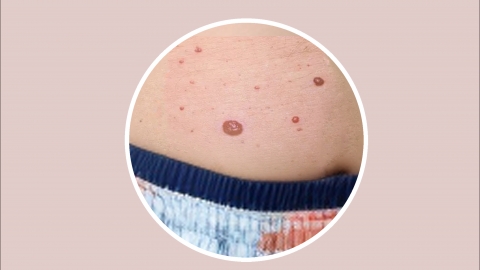How long does it take for a hemangioma to resolve on its own?
Generally, the spontaneous regression of hemangiomas varies from person to person. Most superficial infantile hemangiomas begin to regress within 1–3 years after birth and are largely resolved by ages 5–7. Deep or adult hemangiomas, however, rarely regress spontaneously. If there are concerns, it is advisable to seek medical consultation early. Detailed analysis is as follows:

Superficial infantile hemangiomas often regress spontaneously. These hemangiomas are associated with congenital abnormalities in blood vessel development. As the child grows and the immune system matures, the abnormally proliferating blood vessels gradually shrink and close. The regression process typically begins with lightening of color and reduction in elevation, followed by gradual flattening. Some cases may leave minor pigmentation or changes in skin texture, which usually do not require aggressive intervention.
Hemangiomas that are unlikely to regress spontaneously commonly include deep hemangiomas, mixed-type hemangiomas, or those occurring in adults. Deep hemangiomas extend into underlying tissues, have complex and mature vascular structures, and lack the physiological basis for natural regression. Adult hemangiomas are mostly acquired and associated with vascular aging or local irritation. Once formed, they rarely shrink on their own and may even grow slowly over time, typically requiring targeted treatment.
After detecting a hemangioma, prompt medical evaluation is necessary to determine its type and potential for regression. If the hemangioma continues to grow, causes discomfort, or shows poor regression, timely treatment according to medical advice should be initiated to avoid missing the optimal window for intervention.






